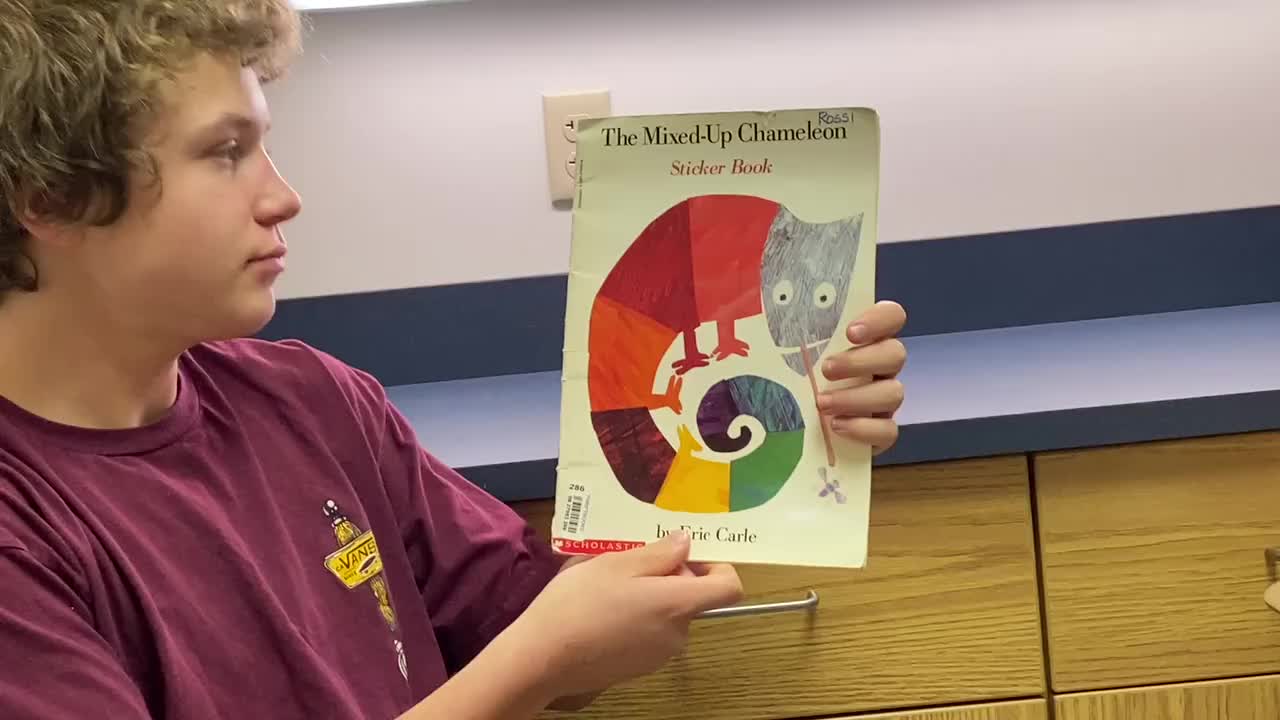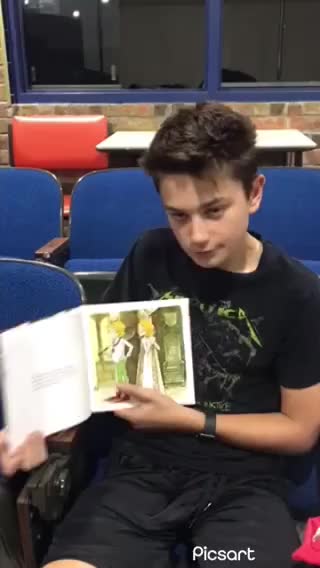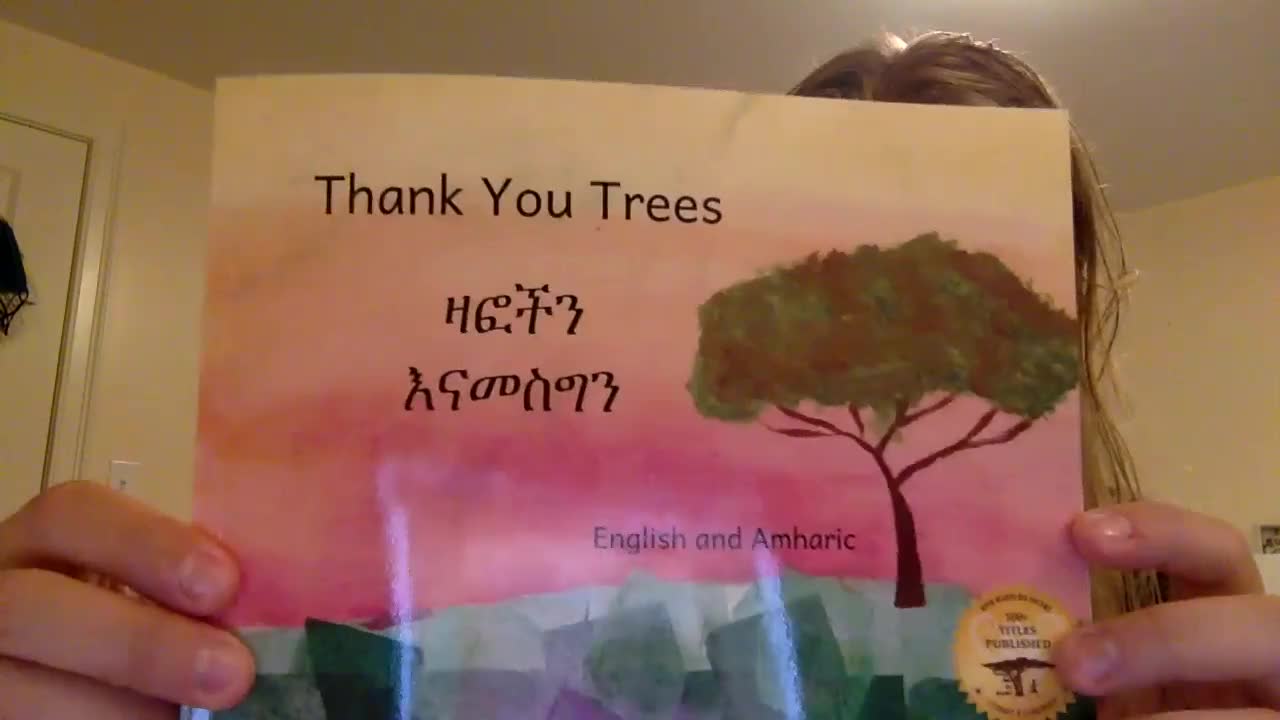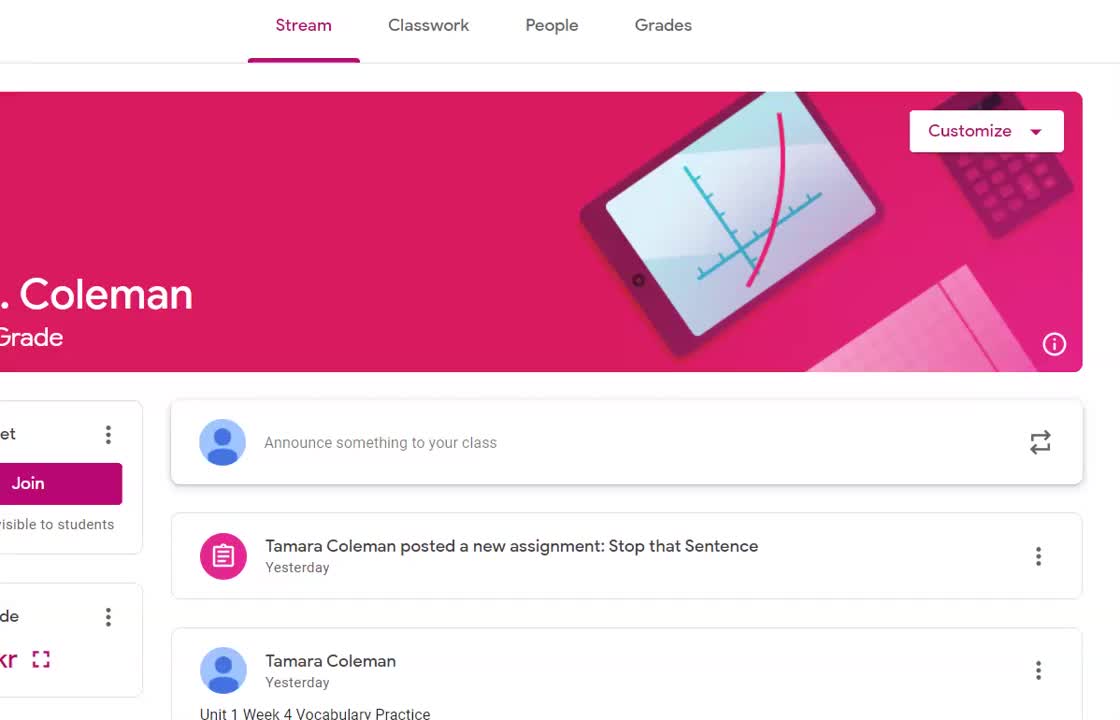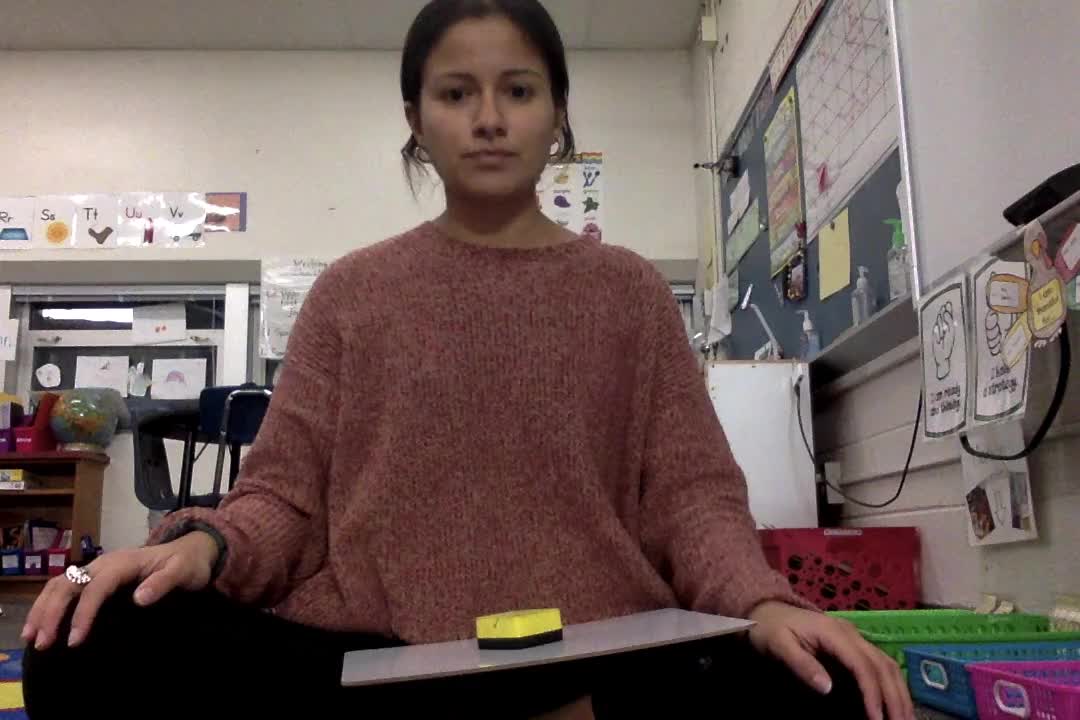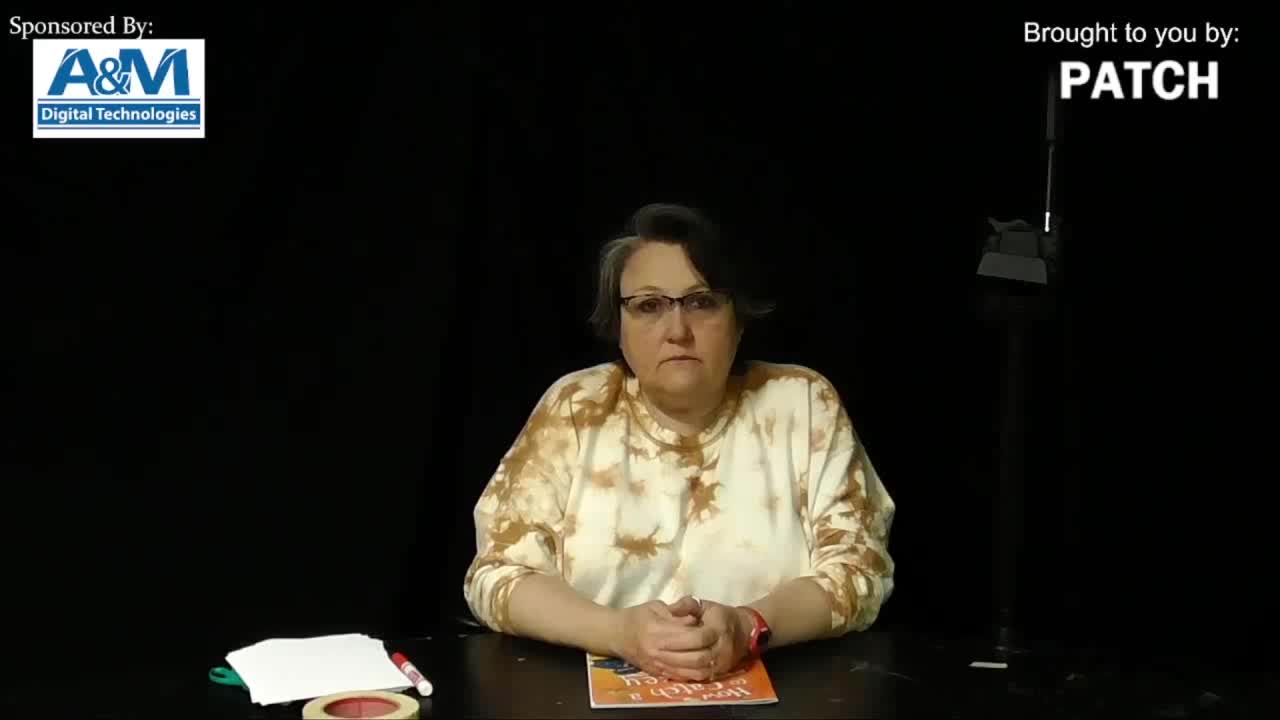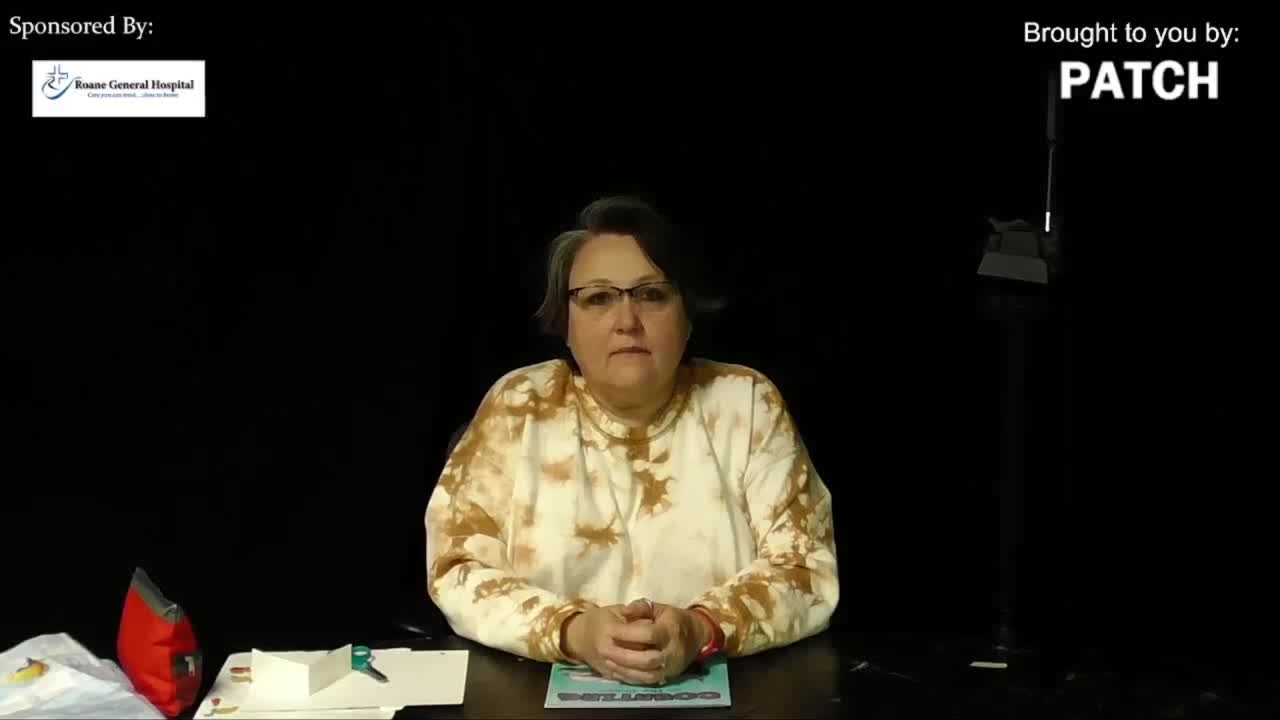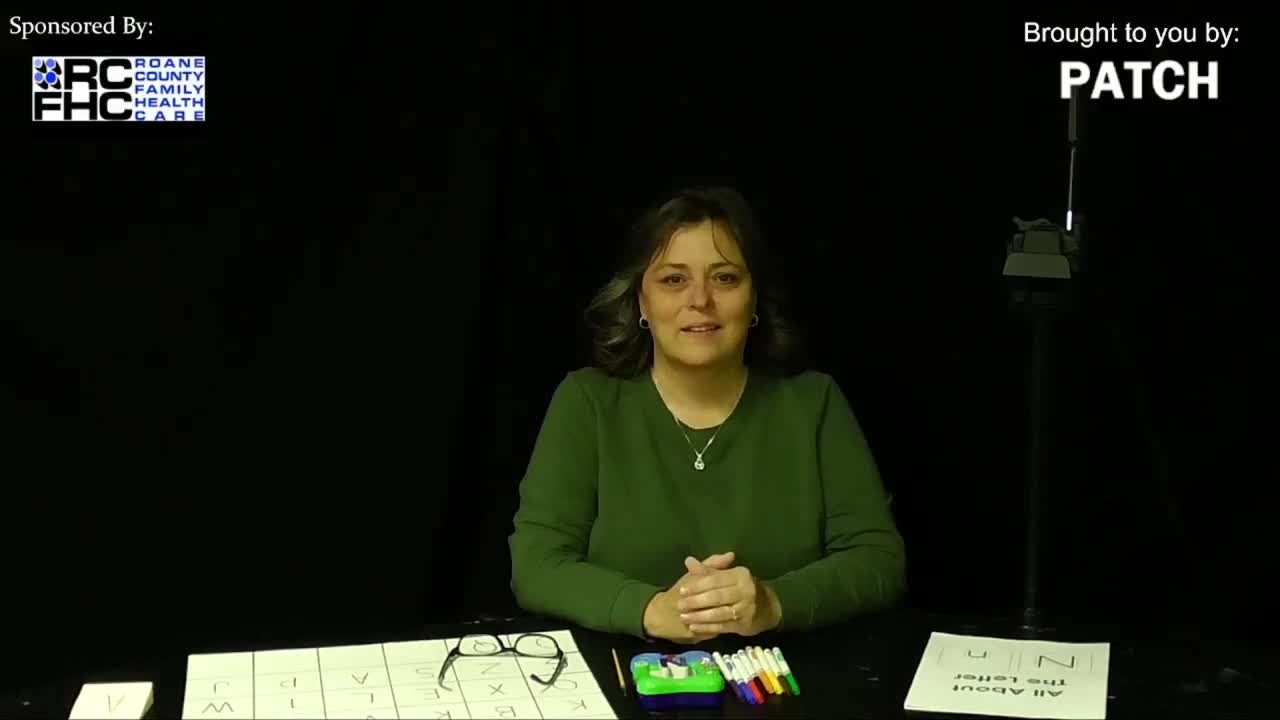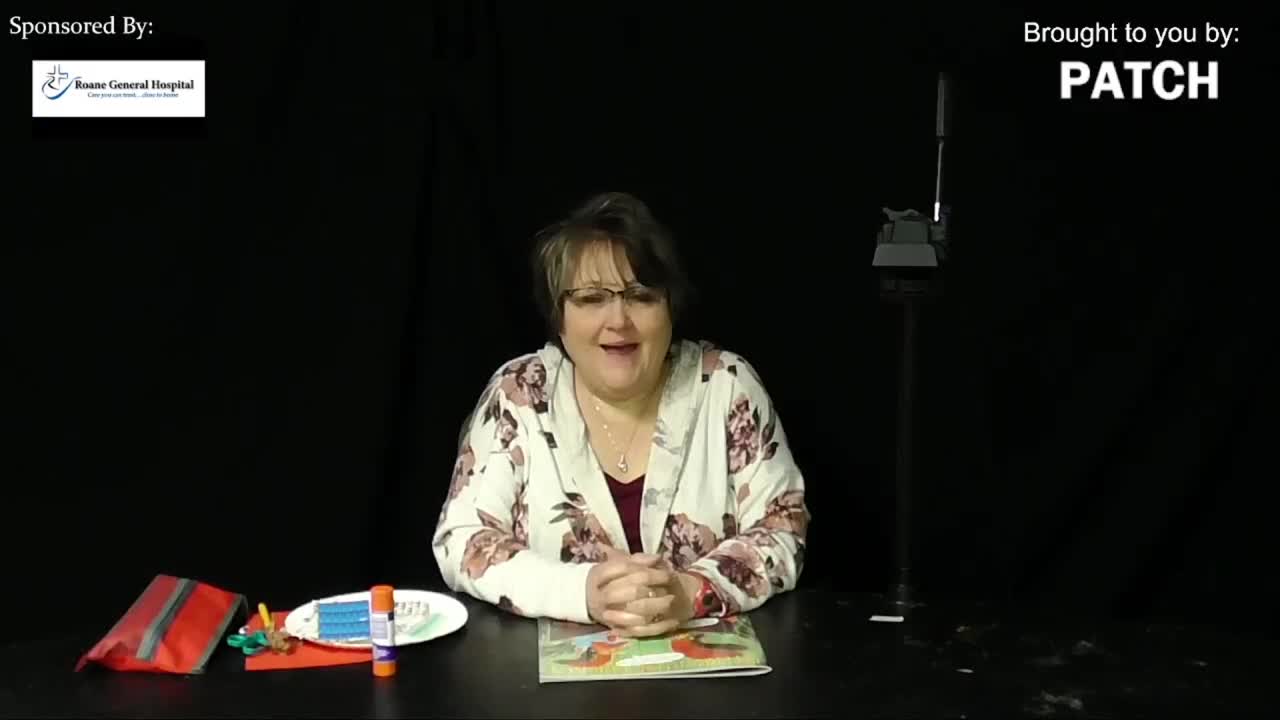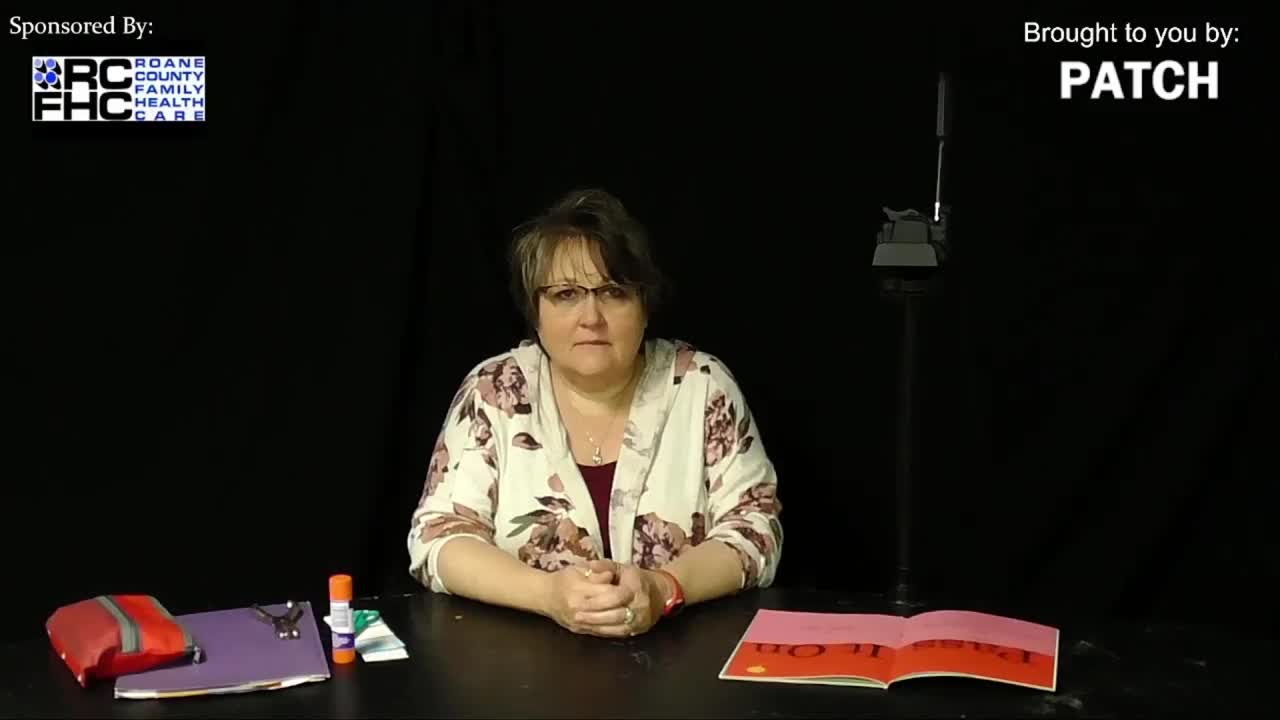7 Essential Terms for Reading Instruction
Elementary / Language Arts / Reading
Understanding these 7 key terms is essential for designing effective reading instruction and interventions. Dr. Andy Johnson, Reading Specialist. www.Readocity.com
We are looking at 7 Essential Terms at Reading Instructions.
This often get mixed up.
We must understand them if we are to sign exact reading instructions and interventions. Here are the 7 terms. Let us clarify or unpack them.
First is Reading or creating meaning with print. We use the psycholinguistic to help us understand a transactive view of reading. Not the biological processing model. Reading is not simple sounding out words. Doing this without meaning is just barking at print. Reading instructions should be designed to enhance students ability to create meaning. Not simply sounding out words because the brain uses 3 cueing systems to recognize as we read.
Yes we use the phonological system, yes we do! But we also use the semantic and syntactical systems.
Semantic - meaning context.
Syntactical - grammar, words
Of the 3, the phonological system is the least efficient.
Word identification is a strategy we use to identify what a word is. The word is in our lexicon, we know the meaning, but we don?t recognize it. It is unknown.
And there are 4 word identification strategies. Yes,we teach phonics, but we shall also be teaching, morphemic analysis, context clues, and analogy. We teach all 4 strategy.
Now word recognition is automatic or instant knowledge of a word.
I know what it is!
We don?t need to do anything. We do it automatically and that is the desired end state of reading. That we do not have to use a word identification strategy. It is automatic . The term for that is automaticity.
Decoding is using the code or phonics to identify unknown words.
Again, remember that phonics is one of 4 strategies. If that is the only strategy we are using or teaching for word identification, we are falling far short of what we should be doing.
The fifth one is a strategy that is a cognitive process that we consciously apply to a test. We do that with one of the word identification strategies.
Oh! I don?t know what that word is, I need one of those 4 strategies to identify that word or figure out what it is.
Study show strategies. That?s something we consciously apply and comprehension strategies. They are strategies we teach the strategy to develop the skill. That means we teach the strategy so that we do it automatically.
A skill is a cognitive process that has become automated.
We want our word identification strategies become automatic so that we don?t have to think about it. Again, we teach the strategy to develop the skill.
Study skill strategy is the same way. We take notes of how we do these things so that we don?t have to think about it.
Comprehension strategies. We don?t have to think about.
And the last one is systematic phonics instructions.
Typically, we think, oh systematic, that means we start in one place and the follow the recipe, we go down the same path in a systematic order.
No!
That means there is some system in place to make sure that the essential skills are taught in meaningful contexts. Not in a predetermined order, but there are some essential skills that are taught.
We document. We have some system in place so that we can document what skills are taught, when they are taught, and when they have learned them.
But I like to use a simple checklist so we know when the skills are taught and when they are mastered.
Systematic instruction does not mean that we start at one point and go at a predetermined order.
That does not make sense. That?s not how the brain creates meaning. And human beings are not standardized processes.
This often get mixed up.
We must understand them if we are to sign exact reading instructions and interventions. Here are the 7 terms. Let us clarify or unpack them.
First is Reading or creating meaning with print. We use the psycholinguistic to help us understand a transactive view of reading. Not the biological processing model. Reading is not simple sounding out words. Doing this without meaning is just barking at print. Reading instructions should be designed to enhance students ability to create meaning. Not simply sounding out words because the brain uses 3 cueing systems to recognize as we read.
Yes we use the phonological system, yes we do! But we also use the semantic and syntactical systems.
Semantic - meaning context.
Syntactical - grammar, words
Of the 3, the phonological system is the least efficient.
Word identification is a strategy we use to identify what a word is. The word is in our lexicon, we know the meaning, but we don?t recognize it. It is unknown.
And there are 4 word identification strategies. Yes,we teach phonics, but we shall also be teaching, morphemic analysis, context clues, and analogy. We teach all 4 strategy.
Now word recognition is automatic or instant knowledge of a word.
I know what it is!
We don?t need to do anything. We do it automatically and that is the desired end state of reading. That we do not have to use a word identification strategy. It is automatic . The term for that is automaticity.
Decoding is using the code or phonics to identify unknown words.
Again, remember that phonics is one of 4 strategies. If that is the only strategy we are using or teaching for word identification, we are falling far short of what we should be doing.
The fifth one is a strategy that is a cognitive process that we consciously apply to a test. We do that with one of the word identification strategies.
Oh! I don?t know what that word is, I need one of those 4 strategies to identify that word or figure out what it is.
Study show strategies. That?s something we consciously apply and comprehension strategies. They are strategies we teach the strategy to develop the skill. That means we teach the strategy so that we do it automatically.
A skill is a cognitive process that has become automated.
We want our word identification strategies become automatic so that we don?t have to think about it. Again, we teach the strategy to develop the skill.
Study skill strategy is the same way. We take notes of how we do these things so that we don?t have to think about it.
Comprehension strategies. We don?t have to think about.
And the last one is systematic phonics instructions.
Typically, we think, oh systematic, that means we start in one place and the follow the recipe, we go down the same path in a systematic order.
No!
That means there is some system in place to make sure that the essential skills are taught in meaningful contexts. Not in a predetermined order, but there are some essential skills that are taught.
We document. We have some system in place so that we can document what skills are taught, when they are taught, and when they have learned them.
But I like to use a simple checklist so we know when the skills are taught and when they are mastered.
Systematic instruction does not mean that we start at one point and go at a predetermined order.
That does not make sense. That?s not how the brain creates meaning. And human beings are not standardized processes.






